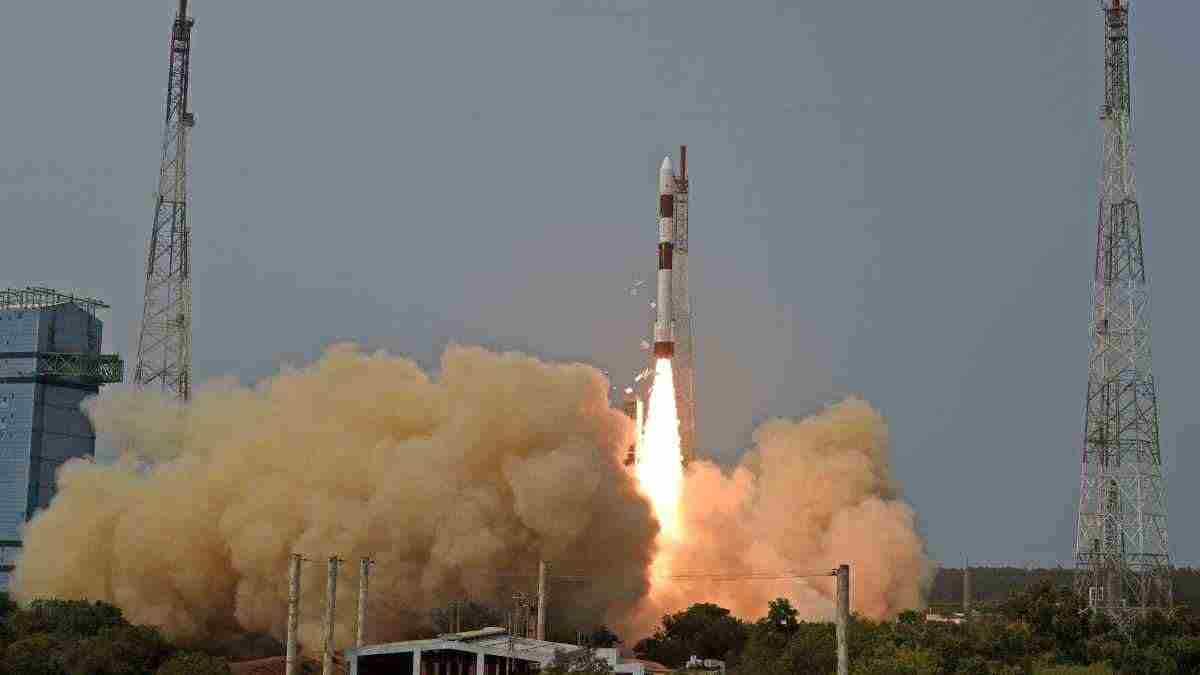INDIA: The Polar Satellite Launch Vehicle (PSLV-C55) was successfully launched by the Indian Space Research Organisation (ISRO) on April 22, 2023, from the Satish Dhawan Space Centre in Sriharikota. The launch was carried out by NewSpace India Limited (NSIL), ISRO’s commercial arm, using a dedicated commercial rocket. The PSLV-C55 placed two Singaporean satellites into the intended orbit, marking the 57th flight of the PSLV and demonstrating its high reliability and suitability for commercial missions.
At 14:19 IST, the launch was complete, and S Somanath, the ISRO director, praised the PSLV-C55/TeLEOS-2 mission for successfully deploying both satellites into their target orbit. The successful launch demonstrates India’s growing commercial space industry capabilities and continued contribution to the global space community.
The two satellites launched are TeLEOS-2 and Lumelite-4. TeLEOS-2, developed under a partnership between DSTA (representing the Government of Singapore) and ST Engineering, weighs approximately 741 kg and carries a Synthetic Aperture Radar (SAR) payload. Once operational, TeLEOS-2 will support the satellite imagery requirements of various agencies within the Singapore government, providing all-weather day and night coverage with 1m full-polarimetric resolution.
On the other hand, the National University of Singapore’s Satellite Technology and Research Centre (STAR) and A*STAR’s Institute for Infocomm Research collaborated to build Lumelite-4. This advanced 12U satellite aims to augment Singapore’s e-navigation maritime safety and benefit the global shipping community by demonstrating the High-Performance Space-borne VHF Data Exchange System (VDES).
Seven non-separating payloads from Bellatrix, Dhruva Space, the Indian Institute of Astrophysics, and the Indian Space Research Organisation (ISRO) were also carried on the mission. Several payloads were transported using the PSLV orbiting Experimental Module (POEM), which utilised the launch vehicle’s discarded PS4 stage as an orbiting platform for scientific investigations.
The successful launch of the PSLV-C55 marks a significant milestone for ISRO’s commercial arm, NSIL, as it demonstrates the viability of commercial space launches for small satellites. This success is also significant for the Indian space startup ecosystem, with the involvement of startups Bellatrix and Dhruva Space in the mission.
Also Read: NASA’s IXPE Satellite Produces Detailed Map of Magnetic Fields in Crab Nebula



